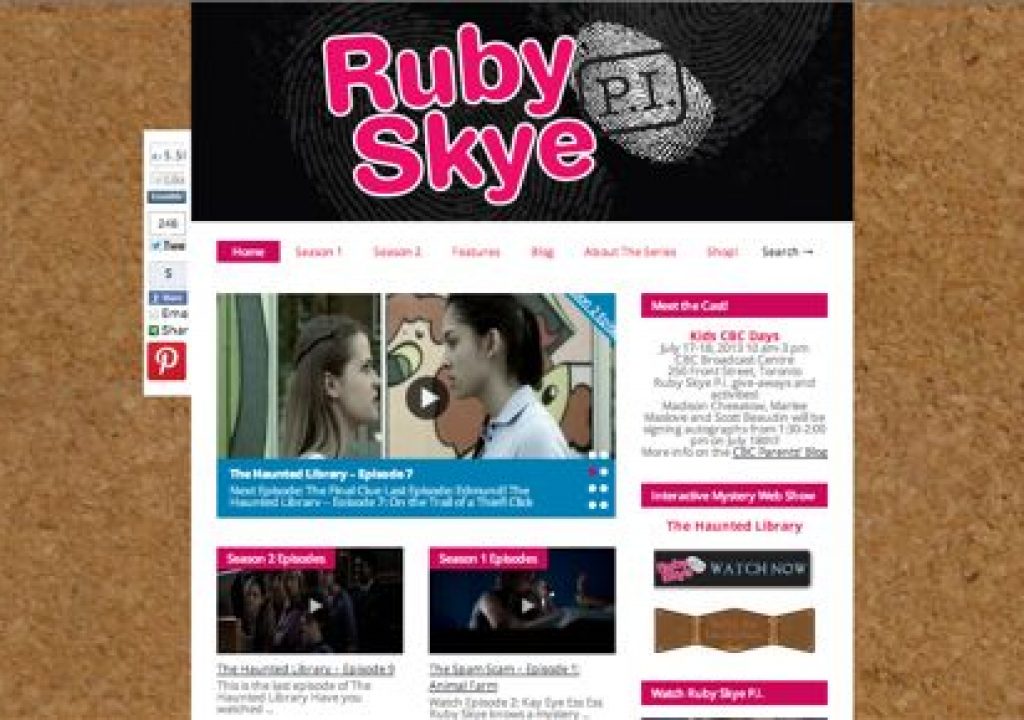Recently, I was in Singapore for the second Transmedia SG, giving a Masterclass on Native & Indie transmedia, & I had the opportunity to connect with two fellow Transmedia Alliance co-founders, Anita Ondine & Marco Sparmberg. Mid-way through his Day One kick-off masterclass, Marco was outlining his process of transmedia development when we had this funny moment where he said (paraphrasing): ‘I know some will disagree with me, I don’t start with the story, I start with the audience.’ I laughed as I knew I was likely one of those people who could contradict him, and the numerous times I’ve heard ‘start with the story’ reverberated in the room.
And I have heard many say this, people I’ve worked with, know, respect, would love to work with again…. and as I thought about the three case studies I was going to present the next day, I thought…. ‘hang on… they all started with the audience….’
So, with the aim of being usefully heretical, consider for a second, each of these three transmedia projects, how they were designed, and how successful each has been, following an audience-first model.
Jill Golick’s Ruby Skye P.I. – Creator Jill Golick gave a fantastic talk on Ruby Skye P.I. in January 2013 for Transmedia 101 TO, laying out the development process behind this award-winning indie Canadian web series. Jill identified a content gap in teen TV programming which offers nothing like the genre varieties available in tween, teen & YA fiction. She knew this audience are avid readers of serial fiction, as the Harry Potter generation(s) continue to drive interest the next immersive story/storyworld, that they live online, and that they discuss, remix, and explore content across platforms.
Reviving the Nancy Drew detective genre for a generation of digital natives, Jill created a show website, YouTube channel, Facebook pages, Tumblr accounts, and a literacy website skinned as a character’s library site. Again, targeting audience first, The O’Deary Library site is a stroke of genius, as it serves as a hub to cross-promote and cross-link with other popular novels and writers, and to connect with a wider network of potential Ruby Skye PI fans & viewers.
What really stood out in Jill’s engagement strategy was the time to get to know all of the show’s YouTube fans, and I mean really get to know them. She checks out their channels, their interests, their content on other platforms, she subscribes to their channels, posts comments on their videos & replies to every comment they post on Ruby Skye P.I. videos, and perhaps most significantly, cross-posts their content & posts, just as you would a friend’s.
By really understanding this initial audience, Ruby Skye P.I. tween content then made the leap to a wider audience of 20-somethings and up who are still devotees of YA/teen stories that, as Jill pointed out, a TV broadcast schedule would have never reached. And add the net’s global reach, and you have a show that is not only popular in Canada and the US, but also Mexico, the Philippines, India, Australia, UK, & Malaysia.
Although I can think of numerous examples where ‘story first’ was the design principle to follow, particularly for documentary and/or more art house projects (think ARTE, NFB), in this instance in a more mainstream, commercial space Jill’s audience first engagement strategy is now a stand-out winner by all metrics of success.
As Jill Golick commented on her strategy to me:
“I describe it as weaving marketing and business into the DNA of the story, I think all these elements have to be taken simultaneously and right at the beginning of the process.”
Find Jill & Ruby Skye PI here:
http://Facebook.com/RubySkyePI

